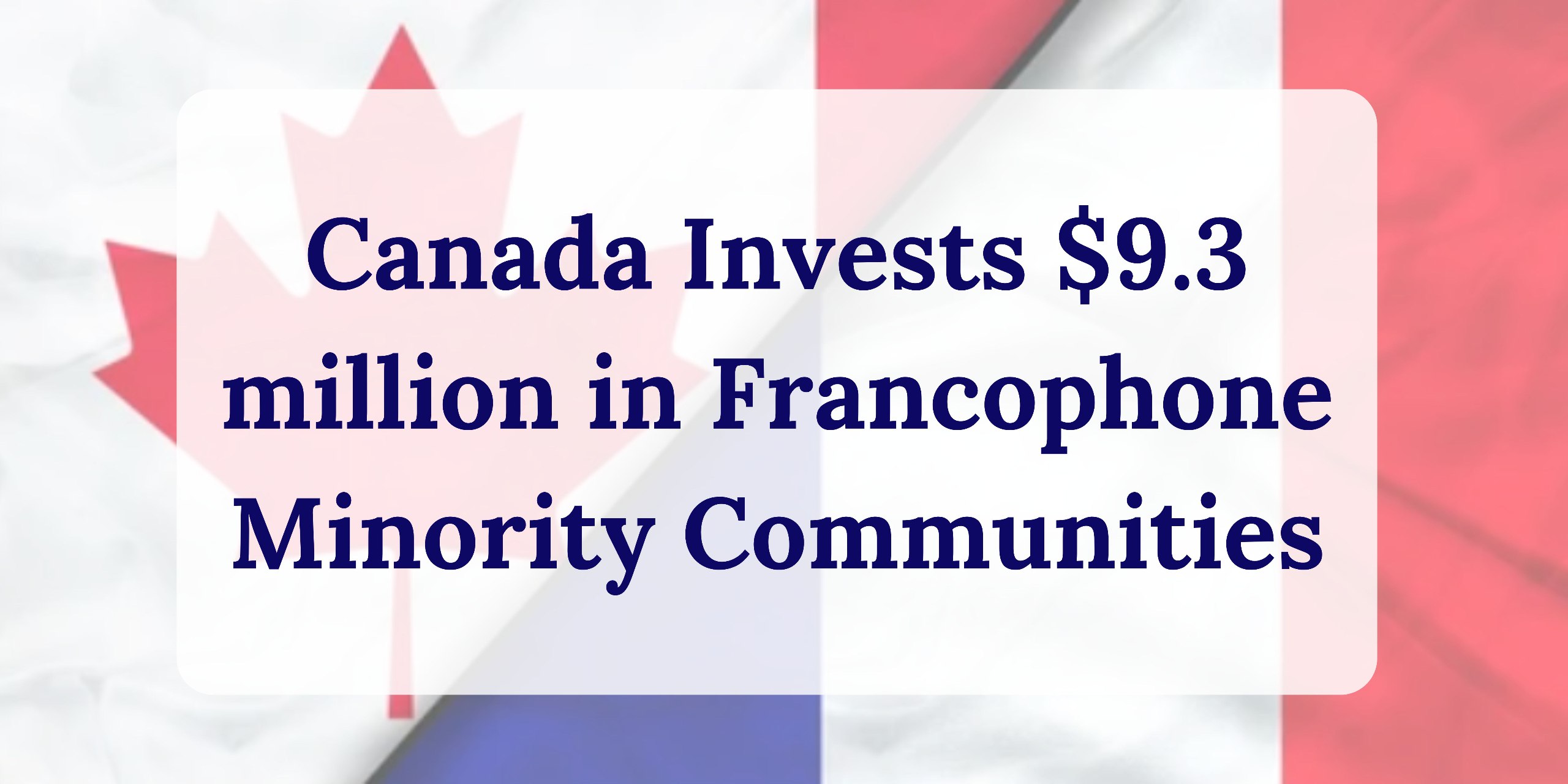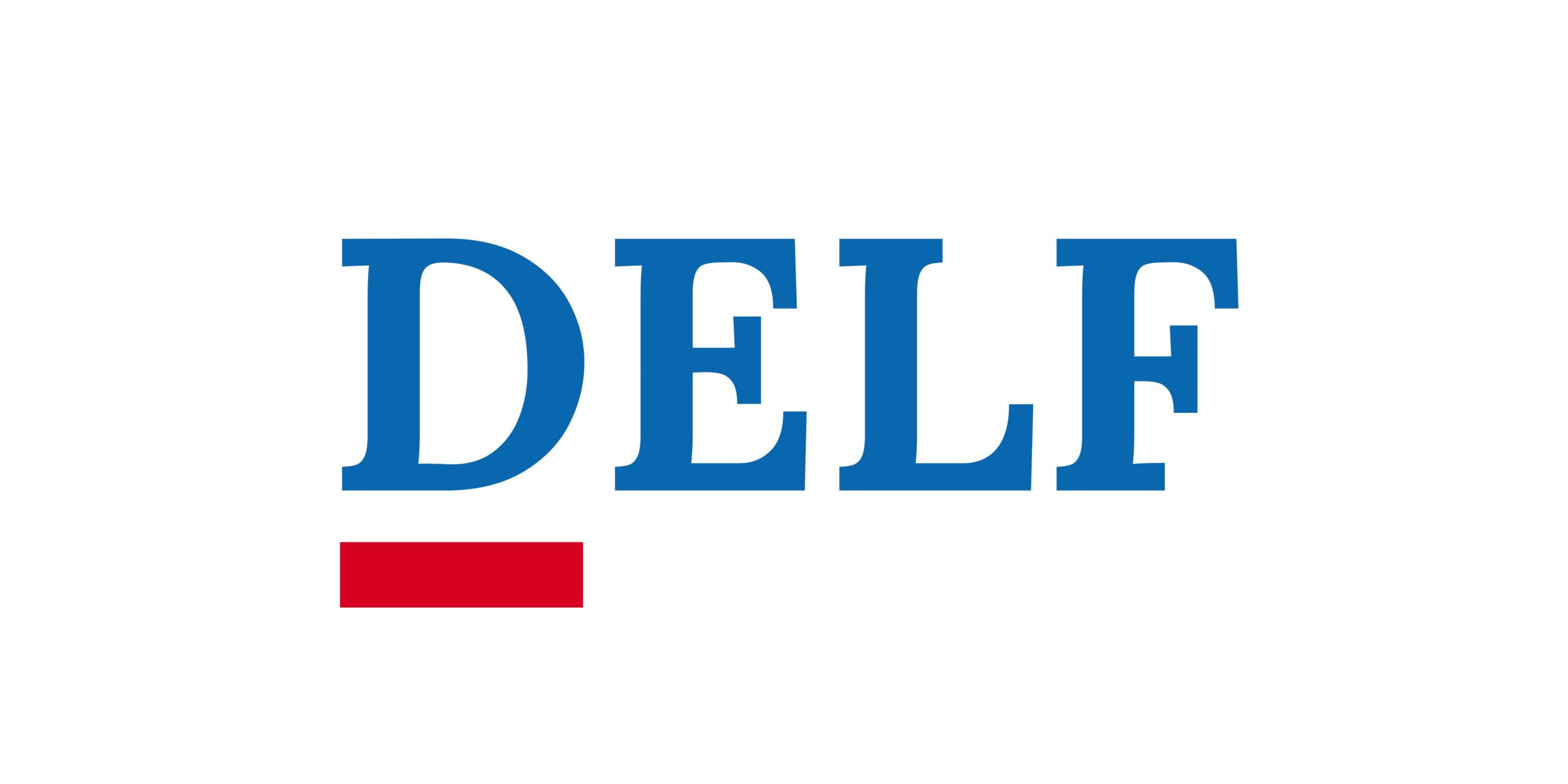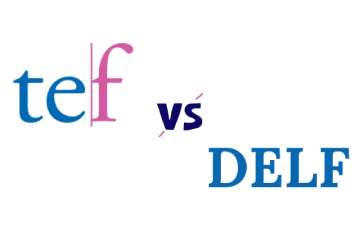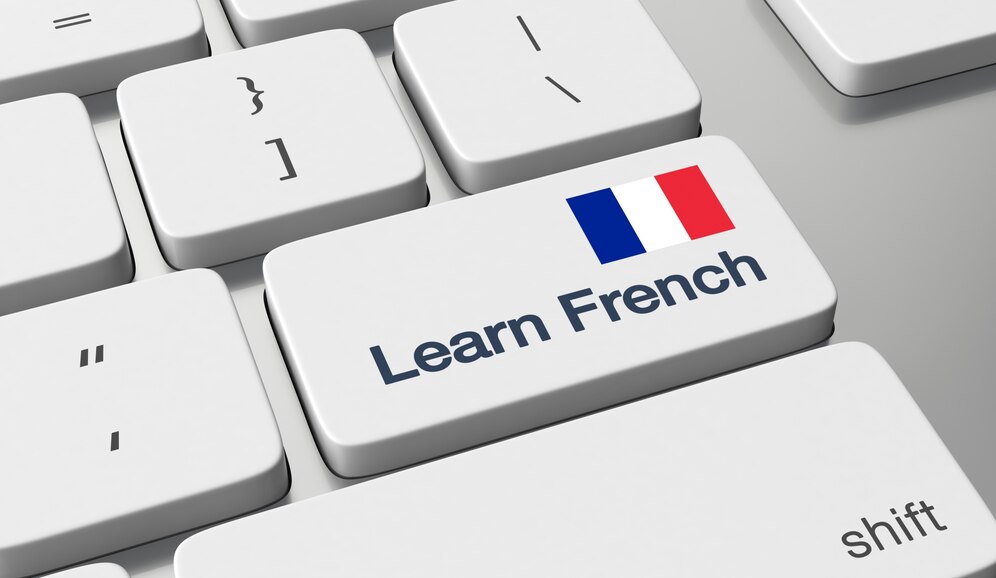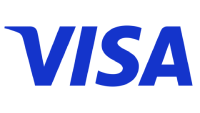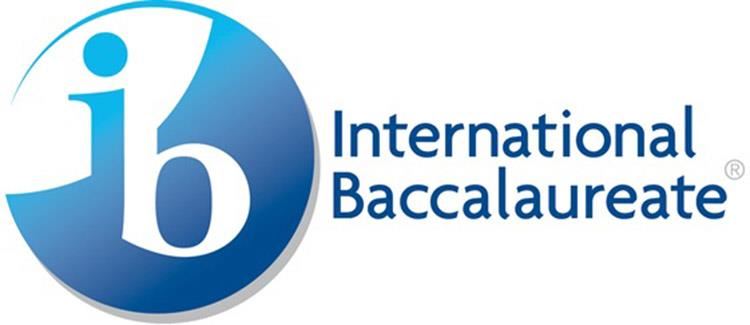
The International Baccalaureate (IB) program is an internationally recognized educational framework designed to provide a rigorous and comprehensive curriculum for students aged 3 to 19. It emphasizes the development of critical thinking, intercultural understanding, and global awareness.
Features of the IB Program
The IB approach to learning encompasses five key aspects:
- Cognitive Abilities: Encouraging critical, inventive, and morally sound thinking processes.
- Investigative Abilities: Cultivating capabilities in evaluating, discerning, validating, and arranging information.
- Communicative Competence: Refining both written and verbal expression, adept listening, and constructing cogent arguments.
- Interpersonal Proficiency: Nurturing constructive connections, adept listening, and adept conflict resolution.
- Self-Regulation Aptitude: Developing organizational proficiencies such as time and task administration, alongside emotional competencies such as motivation and emotional state regulation.
Program Benefits:
- Seamless Academic Transition: Prospective international university students benefit from the IB by avoiding the need to bridge academic disparities and bypassing English language exams.
- Recognized Qualification: Numerous foreign universities acknowledge the IB diploma as adequate for admission to undergraduate programs, often exempting graduates from preparatory coursework.
- English Proficiency: The IB serves as robust groundwork for advanced English study.
- Promotion of Multilingualism: Through its diverse language offerings and encouragement of linguistic proficiency in multiple languages, the IB fosters multilingualism among students.
- Development of Research Skills: IB students undertake a comprehensive research project, known as an extended essay, enhancing their research capabilities and preparing them for university-level academic endeavors.
- Cultivation of Independence and Critical Thinking: IB programs nurture students’ autonomy, critical thinking prowess, and adaptability to academic environments.
- Enhanced Academic Performance: Students enrolled in IB programs typically demonstrate superior academic achievement and heightened critical thinking abilities.
- Exposure to Multiculturalism: The multicultural setting of IB programs facilitates cross-cultural friendships and global networking opportunities for students.
Program Disadvantages:
- Workload: The IB program is known for its intense workload, which can be overwhelming for some students.
- Cost: Participation in the IB program can be expensive, as there are often fees for exams, materials, and resources.
- Achievement pressure: The IB program often demands high performance from both peers and self.
- Complex grades: The IB program uses a complex grading system that includes internal assessments, external assessments, and exams. Keeping track of all of these assessments and meeting their requirements can be challenging for students.
The IB program offers four educational programs:
- Primary Years Programme (PYP): Geared towards students aged 3 to 12, the PYP focuses on the development of the whole child, encompassing academic, social, and emotional growth. It emphasizes inquiry-based learning and encourages students to explore concepts across disciplines.
- Middle Years Programme (MYP): Designed for students aged 11 to 16, the MYP provides a holistic approach to education, with a strong emphasis on interdisciplinary learning. Students engage with a broad range of subjects, including language and literature, mathematics, sciences, humanities, arts, physical education, and technology.
- Diploma Programme (DP): Aimed at students aged 16 to 19, the DP is a challenging two-year curriculum that leads to a globally recognized diploma. Students choose courses from six subject groups: language and literature, language acquisition, individuals and societies, sciences, mathematics, and the arts. In addition to academic study, students also complete the Theory of Knowledge (TOK) course, undertake independent research for the Extended Essay, and engage in Creativity, Activity, Service (CAS) activities.
- Career-related Programme (CP): The CP is a framework for students aged 16 to 19 who wish to combine academic study with practical, real-world experiences. It integrates academic courses with career-related studies, a personal and professional skills course, a reflective project, and community service.
The IB programs are truly international in nature, not being affiliated with any single country, and managed centrally by personnel at the organization’s headquarters in Geneva, Switzerland. As of 2024, these programs are available in over 8,000 schools worldwide, spanning across more than 5,700 schools in 160 countries. These countries include prominent nations such as the United States, Canada, France, Australia, Hong Kong, Russia, Germany, Singapore, Italy, and Spain.
In the United States and Canada, completing certain parts of IB programs can equate to the first year of university or college. Consequently, graduates with an International Baccalaureate Diploma may advance directly to the second year of their higher education journey. Similarly, universities in Great Britain, including prestigious institutions like Oxford and Cambridge, view the IB diploma equivalently to certificates from the English A-Level program.
The IB program may be taught in English, Spanish or French. However, it is important to emphasize that only schools licensed by IB World Schools are authorized to offer these programs.
Below we will look at more detailed information about each IB program.
Primary Years Programme (PYP)
The Primary Years Program (PYP) is designed to last from 4 to 8 years and includes six core and six interdisciplinary areas.
Compulsory subjects within the PYP include:
1. Languages
Education is provided in both the mother tongue and a foreign language. From the age of 7, students can choose an additional language. Options include:
- Single Language Program: Instruction mainly in one language, either native or additional.
- Bilingual Program: Instruction in two languages, one of which may be the student’s first language.
- Supportive Program: Extra help for students less proficient in the language(s) of instruction, with additional support in their native language.
Main Areas of Communication:
1. Oral Communication:
- Listening: Understanding both the gist and key points of spoken language, evaluating, and responding appropriately.
- Speaking: Developing pronunciation, vocabulary, grammar, fluency, and accuracy. Engaging in various formal and informal discussions, expressing needs, ideas, and opinions.
2. Written Communication:
- Reading: Interpreting fiction and nonfiction, understanding text features, and thinking critically about content.
- Writing: Mastering grammar, spelling, punctuation, and paragraph construction through various writing tasks.
3. Visual Communication:
- Viewing and Presenting: Analyzing media, understanding image functions and construction, and expanding expressive abilities through various media sources.
2. Math
The training is organized into five knowledge groups:
- Working with Data
- Measurement
- Shape and space
- Pattern and function
- Number.
In PYP, children learn math by:
- Constructing meaning
- Translating meaning into signs and symbols
- Understanding and application.
3. Science
Science education covers four main areas:
- Living Things: Exploring issues related to themselves and their environment.
- Earth and Space: Studying Earth and its relationship to the universe.
- Materials and Matter: Investigating the origin, properties, and uses of solids, liquids, and gases.
- Forces and Energy: Examining different energy sources and their properties.
Students engage in scientific inquiry through making observations, using instruments, recording and comparing data, and developing explanations based on their own and others’ scientific experiences.
4. Art
Students study visual arts, music, and drama, learning both the skills and processes involved in art and the themes and ideas used by artists.
- Visual Arts: Develops creative skills, expression, and aesthetic appreciation. Students use various media and tools, enhancing fine motor skills, and draw inspiration from literature, music, painting, dance, imagination, real-life experiences, feelings, and beliefs.
- Music: Focuses on creative skills, non-verbal expression, and aesthetic appreciation.
- Drama and Dance: Students learn technical aspects of drama (scriptwriting, directing, managing props, costumes, special effects, and sets), design and portray characters using voice, body, and gestures, build negotiation and teamwork skills, and develop creative and expressive abilities. They also enhance their language skills.
5. Social Studies
The training is organized in five main areas:
- Human Systems and Economic Activity
- Social organization and culture
- Continuity and change over time
- Human beings and the natural environment
- Resources and the Environment.
6. Physical Education and Personal Development
Learning takes place in areas such as :
- Personality
- Active life
- Interaction.
Concepts, knowledge, attitudes and skills that contribute to the child’s well-being are promoted and developed.
Six interdisciplinary themes:
- Who are we?
- Where are we in time and space?
- How do we express ourselves?
- How is the world organized?
- How do we organize ourselves?
- How do we divide the planet?
Middle Years Programme (MYP)
The Middle Years Program (MYP) lasts from 2 to 5 years. Students explore key and related concepts in the following global MYP contexts:
- Personalities and Relationships
- Orientation in space and time
- Personal and Cultural Expression
- Scientific and technological innovation
- Globalization and Sustainability
- Equity and development
The curriculum consists of eight subject areas:
1. Languages
Students continuously study at least two languages each year in the MYP, exploring concepts through word choice, conventions, and idioms.
Assessment Criteria: Listening, Reading, Speaking, Writing.
MYP language acquisition courses are assessed at three proficiency levels: emergent, capable, or proficient.
The exams consist of three assignments that sample, simulate, or replicate internal assessment practices and can cover any topic from the language acquisition list:
- Comprehending spoken multimodal texts
- Comprehending written multimodal texts
- Writing in response to multimodal texts
The individual speaking assessment is marked by classroom teachers against published criteria for MYP year 5.
2. Linguistics and Literature
Themes Explored:
identity, heritage, culture, diversity
communities, globalization, migration, displacement
social history, civilizations, journeys
media and mass communication
childhood, adolescence, youth, rebellion, innocence and experience, human sexuality
families, friendships, relationships
systems, power and protest, justice, peace and conflict, freedom and independence
health and well-being, environment, lifestyle
social roles, norms and expectations, gender, inclusion, minorities, class
utopias, dystopias, survival
religion, faith, values, ritual, spirituality, taboos
allegiance, betrayal, revenge, atonement, forgiveness
Assessment Criteria:
- Criterion A – Analysing: Understanding the creator’s choices, text components, audience responses, and purposes.
- Criterion B – Organizing: Structuring ideas and opinions using appropriate conventions.
- Criterion C – Producing Text: Creating written and spoken text, focusing on the creative process and the creator-audience connection.
- Criterion D – Using Language: Developing and expressing thoughts, ideas, and information.
Types of tasks on the exam:
- Analysis: comparing and contrasting text fragments.
- Creative writing: creating a text, describing an event.
3. Individuals and Societies
Possible disciplines:
- world, local, or national history;
- geography;
- economics;
- global politics or international relations; civics;
- philosophy;
- business administration;
- sociology;
- psychology;
- anthropology.
Topics:
- Demographics and human movements
- Settlement and urban morphology
- Superpowers, empires, and supra-national alliances
- Significant individuals
- Warfare and peacekeeping
- Rights and social protest
- Trade, aid, and exchange
- Economic agents: consumers, producers, governments, banks
- Measurements and trends
- Industrialization and technological developments
Assessment Criteria:
- Criterion A – Knowing and Understanding: Developing factual and conceptual knowledge.
- Criterion B – Investigating: Creating strategies for independent and collaborative investigation.
- Criterion C – Communicating: Organizing, documenting, and presenting learning using various media.
- Criterion D – Thinking Critically: Analyzing and evaluating information.
The screen exams consist of three assignments:
- Investigation: evaluating and planning an investigation, demonstrating knowledge and understanding of the course or source material (Criteria A and B).
- Communication: effective presentation of information using appropriate style and format (criteria A and C).
- Critical Thinking: discussing issues, arguments, and points of view, and writing a developed piece of writing (criteria A, C, and D).
4. Natural Sciences
MYP science courses typically cover biology, chemistry, physics, and integrated sciences.
Topics: Atomic structure and bonding, Cells, Cycles, Electromagnetism, Evolution, Interactions between organisms, Forces, States and properties of matter, Metabolism, Organisms, Waves.
Assessment Criteria:
- Criterion A – Knowledge and Understanding
- Criterion B – Cognition and Design: Designing, analyzing and conducting scientific research.
- Criterion C – Processing and Evaluation: Collecting, processing and interpreting data and explaining conclusions.
- Criterion D – Reflecting on the impact of science: evaluating the implications of scientific developments and their application.
Types of assignments:
- Knowledge and Understanding: Assesses knowledge and understanding of science (criterion A).
- Investigative Skills: Includes formulating hypotheses, planning investigations, and evaluating data (Criterion B and C)
- Application of Science: Requires thinking about the impact of science and explaining how it solves real-world problems (criterion D)
5. Math
Foundation Areas: Numbers, Algebra, Geometry, Trigonometry, Statistics, Probability.
Courses are divided into Standard Math and Extended Math, offering different levels of depth. The MYP mathematics framework includes four branches:
- Numerical and abstract reasoning
- Thinking with models
- Spatial reasoning
- Reasoning with data
Assessment Criteria:
- Criterion A – Knowledge and Understanding: Applying math to solve problems and demonstrating knowledge of various math sections.
- Criterion B – Identifying and analyzing patterns.
- Criterion C – Communication: Using mathematical language and representations to communicate ideas and conclusions.
- Criterion D – Application of Mathematics to Real-World Contexts
Types of assignments:
- Knowledge and Understanding: Assesses knowledge and understanding of mathematics and the communication of the methods used (Criteria A and C).
- Investigation of patterns: Assesses skills in investigating patterns and interpreting findings using appropriate communication (Criteria B and C).
- Applying mathematics to real-world contexts: Requires extensive writing to evaluate and justify the validity of mathematical models (Criteria C and D).
6. Arts
Student learning may focus on disciplines such as:
- Dance
- Music
- Theatre
- Media Arts
- Visual Arts
Assessment Criteria:
- Criterion A – Research: Evaluate and process information from various sources about an artistic movement, genre, or works of art/performances.
- Criterion B – Development: Develop ideas through hands-on inquiry and active participation in the art form.
- Criterion C – Creation or Performance: Demonstrate mastery of skills and techniques through the creation or performance of a completed artwork.
- Criterion D – Evaluation: Reflect on their work and artistic development, understanding the role of art in their lives and the world.
7. Design.
Design courses can be offered as:
- Independent digital design and/or product design courses
- A sequence of distinct digital and/or product design courses
- A unified course integrating digital and product design
Students seeking IB validated design course outcomes must submit an ePortfolio that includes a design project with a statement of work and specification. Students identify a problem or challenge, research, design, develop, create a product or solution and evaluate its success.
Assessment Criteria:
- Criterion A – Research and Analysis: identify a problem from a design situation, analyze the need for a solution, and conduct research.
- Criterion B – Idea Development: Writing a detailed technical specification and presenting a solution.
- Criterion C – Solution Creation: Plan and create a prototype for testing and evaluation.
- Criterion D – Evaluation: Design and conduct tests, evaluate the success of the solution, identify areas for improvement, and explain the impact it had on the customer or target audience.
8. Physical Education and Health.
Courses may include:
- Physical fitness and health knowledge
- Aesthetic movements
- Team sports
- Individual sports
- International sports
- Alternative recreational sports and adventure activities
Assessment Criteria:
- Criterion A – Knowing and Understanding: Develop knowledge about health and physical activity to identify and solve problems.
- Criterion B – Planning for Performance: Design, analyze, evaluate, and perform a plan to improve physical and health performance.
- Criterion C – Applying and Performing: Develop and apply practical skills, techniques, strategies, and movement concepts in various physical activities.
- Criterion D – Reflecting and Improving Performance: Enhance personal and social development, set goals, take responsible action, and reflect on performance.
The MYP mandates a minimum of 50 hours of instructional time for each subject group annually. Initially, all subjects are compulsory. However, during the final two years of the program, students can choose six areas out of the eight based on their goals.
A significant aspect of the MYP curriculum is project work, which can be conducted in groups or independently. Upon completion of the MYP, students are well-prepared to participate in either the IB Diploma Programme (DP) or Career Programme (CP).
Diploma Programme (DP)
The Diploma Program (DP) spans two years and serves as a gateway to foreign universities without the need for preparatory programs. It encompasses six groups of subjects:
- Studies in language and literature:
- literature;
- language and literature;
- literature and theater.
Students have the flexibility to choose from 80 options as their primary language, often their native language or English if studying in the United States or Europe.
2. Foreign languages:
- Classical Languages (Latin and Classical Greek)
- Language Ab Initio (for beginners)
- Language B (for students with some experience)
3. Human and Society:
- business and management,
- economics,
- geography,
- world politics,
- IT,
- philosophy,
- psychology,
- history,
- anthropology,
- world religions.
4. Natural sciences:
- biology,
- chemistry,
- design and technology,
- ecological systems and society,
- physics,
- computer science,
- sports, physical education and health.
5. Mathematics:
6. Arts:
- music,
- theater,
- visual arts,
- dance,
- movies.
Students usually take two modern languages (or one modern language and one classical language), a subject in the humanities or social sciences, an experimental science, math, and one of the creative arts. Instead of an arts subject, students may choose to take two subjects from another area.
In addition to the standard education curriculum, the Diploma Programme incorporates three essential components known as DP cores:
- Theory of Knowledge (TOK): This course delves into the nature of cognition and knowledge, exploring how human thought shapes understanding. It encompasses 100 hours of lectures and seminars where students engage in discussions across various scientific disciplines. The goal is to cultivate critical thinking and the ability to construct arguments supported by clear evidence. Upon completion, students must write a 1600-word essay and deliver a presentation on a topic assigned by the International Baccalaureate (IB), selecting one essay title from six options.
- Creativity, Activity, Service (CAS): This component focuses on holistic personality development. “Creativity” fosters artistic exploration and creative thinking, “activity” promotes a healthy lifestyle through physical endeavors, and “service” cultivates social skills and an active community engagement. Students dedicate at least 50 hours to each activity type – creativity, sports, and volunteer work – over the course of two years. Creativity involves crafting products by hand, demonstrating creative thought. Action encompasses physical activities like sports competitions and dancing. Service to society involves participating in charitable and environmental initiatives, contributing tangible benefits to communities.
- Extended Essay (Diploma Paper): This component involves independent research conducted by the student, resulting in a 4000-word essay. Students select their research topic from the disciplines they study. On average, students spend 40 hours preparing their research paper under the guidance of teachers, who provide support in understanding the chosen topic, selecting sources, conducting research, and advising on formatting during three sessions.
Whether you need help with math, science, languages, or any other subject, our tutors are ready to help you on your academic journey. Don’t miss your chance to succeed – take a discounted trial lesson today!
Career-related Programme (CP)
The Career-related Programme (CP) spans a duration of 2 years and serves as an alternative to the Diploma Program. It aims to prepare students for higher education, apprenticeships, or employment opportunities by offering a comprehensive curriculum.
The main components of the CP program are:
- Personal and Professional Skills: This component focuses on teaching students the essential skills needed to succeed in both their personal and professional lives. These skills may include communication, teamwork, problem solving, time management, leadership, adaptability, and resilience. Students participate in activities, workshops, and exercises designed to develop these skills.
- Service Learning: Service learning involves students actively participating in community service or volunteer projects that address real-world problems and make a positive contribution to society.
- Reflective Project: is an extended essay in which students critically reflect on their personal and academic experiences throughout the CP course. They choose a topic related to their career interests or personal development and conduct independent research, analysis and evaluation.
- Language Development: Language development is an integral part of the CP curriculum, emphasizing the importance of communication skills in a globalized world. Students have the opportunity to improve their language proficiency in their chosen career field or in a language relevant to their future aspirations. Language development activities may include language courses, seminars, cultural exchanges or language immersion aimed at developing students’ linguistic abilities and intercultural competence.
In addition to these core modules, students study subject courses from the Diploma Program, selecting two subjects from each group. They also complete the Career-related Studies (CRS) component, which typically includes:
- Academic courses in subjects such as: business topics, hospitality, engineering, health care, information technology, or any other field appropriate to career aspirations.
- Work Experience: Students participate in internships or work placements in relevant industries or organizations.
- Professional Development: Students participate in activities designed to develop their professional skills and competencies such as resume writing, interview preparation, networking, communication skills, and workplace etiquette.
- Career-related projects: Students may be required to complete projects or assignments directly related to their chosen career field.
Assessment of International Baccalaureate programs
Assessment within the International Baccalaureate (IB) program is a blend of exams and coursework, evaluating students’ knowledge across various disciplines. Here’s how the assessment process unfolds:
- Internal Assessments: These are long-term projects such as papers, reports, presentations, oral language work, field and laboratory work, research, and artistic performances. Teachers grade these assessments, which typically contribute to 15-25% of the final IB grade for each subject. A sample of student work is sent to the IB for moderation to ensure fair grading.
- External Assessments: The remaining portion of the final IB grade is assessed externally by trained IB examiners. This mainly involves final exams, which are cumulative and taken at the end of the second year. The exams are computer-based and emulate school grading practices. Students have the opportunity to retake the exam up to three times if needed. Exams include various formats like essays, structured problems, short answer questions, data response questions, text response questions, case study questions, and multiple-choice questions.
The IB issues certificates upon completion of the Middle Years Program (MYP), Diploma Program (DP), and Career-related Program (CP). However, the IB does not issue a certificate for the Primary Years Program (PYP), and the assessment for PYP is managed entirely by schools offering the program.
Each program within the International Baccalaureate (IB) framework has its own unique assessment structure:
Primary Years Programme (PYP): Besides evaluating the mandatory subjects and interdisciplinary topics, the PYP assessment includes a collaborative project undertaken during the final year. Students dedicate this year to addressing a global issue and proposing potential solutions. They present their findings in an exhibition.
Teachers use the following methods of assessment:
- Sample answers: One-shot assignments, tests, and quizzes.
- Open-ended assignments: Students respond to a stimulus with an original answer, drawing, diagram, or solution.
- Portfolio: A collection of student work.
Middle Years Programme (MYP): Assessment in the MYP incorporates both internal and additional external evaluation, known as eAssessment. Examinations are usually held twice a year, in May and November. Students can opt for either of these two examination types:
- Electronic portfolios showcasing coursework in Language Acquisition, Physical and Health Education, Arts, or Design, along with a personal project portfolio.
- On-screen exams covering subjects like Language and Literature, Language Acquisition, Individuals and Societies, Sciences, Mathematics, and Interdisciplinary Learning. The duration of these exams varies from 45 minutes to two hours.
Students completing the MYP program in 3rd or 4th grade undertake a community project exploring social interaction rights and responsibilities. Those finishing the 5-year MYP program prepare a personal project on a topic of interest, incorporating independent creative work, process documentation, and a reflective report. Additionally, students fulfill the school’s service-as-action requirement (community service).
Successful completion of the external assessment qualifies students for MYP course results and the IB MYP certificate. The maximum total score for the IB MYP Certificate is 56, with each compulsory electronic examination graded from 1 to 7. To obtain the IB MYP Certificate, students must attain a total of at least 28 points with a grade of “3” or higher on each component of the e-assessment.
In the Diploma Programme (DP), students undergo assessments in each subject at the culmination of their course. Assessments occur twice a year, in May and November. These assessments encompass two main components: written examinations graded by trained examiners and internal assessments by DP tutors.
Students have the opportunity to choose between standard level courses (SL-150 hours) and advanced level courses (HL- 240 hours) according to university program requirements and personal preference. Typically, students take three advanced level courses along with standard level courses, which affects the difficulty of the exam. The IB awards an equal number of points for HL and SL subjects.
Each course is graded on a scale of 1 to 7 points, with an additional three points available for Theory of Knowledge and Extended Essay courses. Students who accumulate at least 24 points receive the IB Diploma, although the highest possible score is 45 points.
Participation in Creativity, Activity, Service (CAS) is mandatory for the DP core but does not contribute to the overall score. However, completion of CAS requirements is necessary for receiving the Diploma.
Upon completion, students receive a Certificate of Diploma Programme (DP) Outcomes, detailing their total score, grades for each course, and certificates for fulfilling CAS requirements. Additionally, personal grades for Theory of Knowledge and Extended Essay are included.
Students have the option to forgo certain requirements such as taking fewer than six subjects, skipping Theory of Knowledge or Extended Essay, or neglecting CAS participation. However, receiving only a Certificate rather than a Diploma may limit advantages for university admissions, as the IB Certificate is akin to a standard secondary school certificate.
In the Career-related Programme (CP), students are required to take a minimum of two courses from each Diploma Programme (DP) group and undergo assessment similar to all DP students. The core CP components, except for the reflective project, are assessed internally by the school, with grades ranging from A to E, with A being the highest.
The reflective project is moderated and assessed by the IB, ensuring standardized assessment practices.
The professional learning component (CRS) is not formally assessed; instead, the school certifies the student’s completion of the CRS.
Upon completion of the program, students receive an International Baccalaureate Career-related Programme Certificate, as well as a certificate issued by their institution. If applicable, students also receive a high school diploma.


